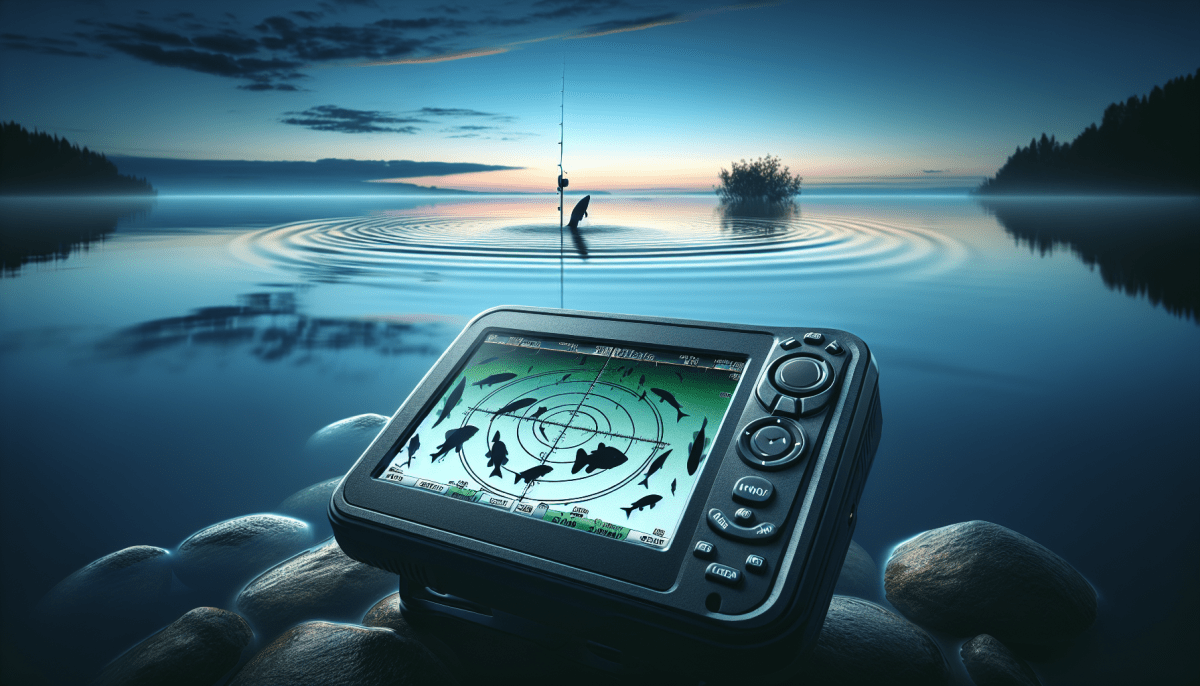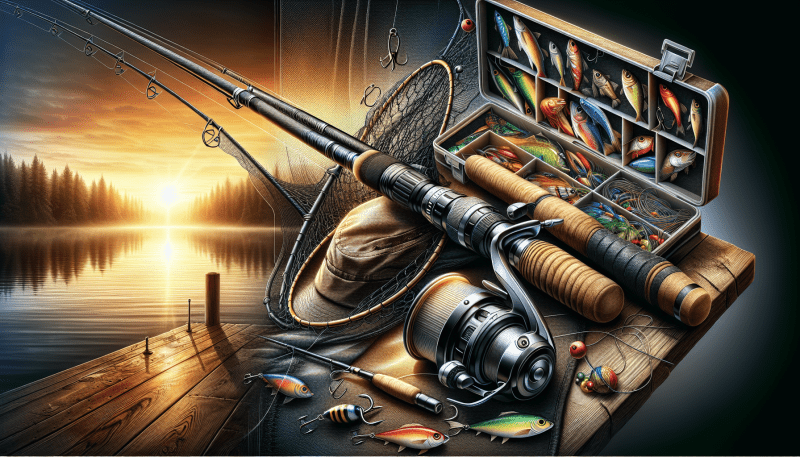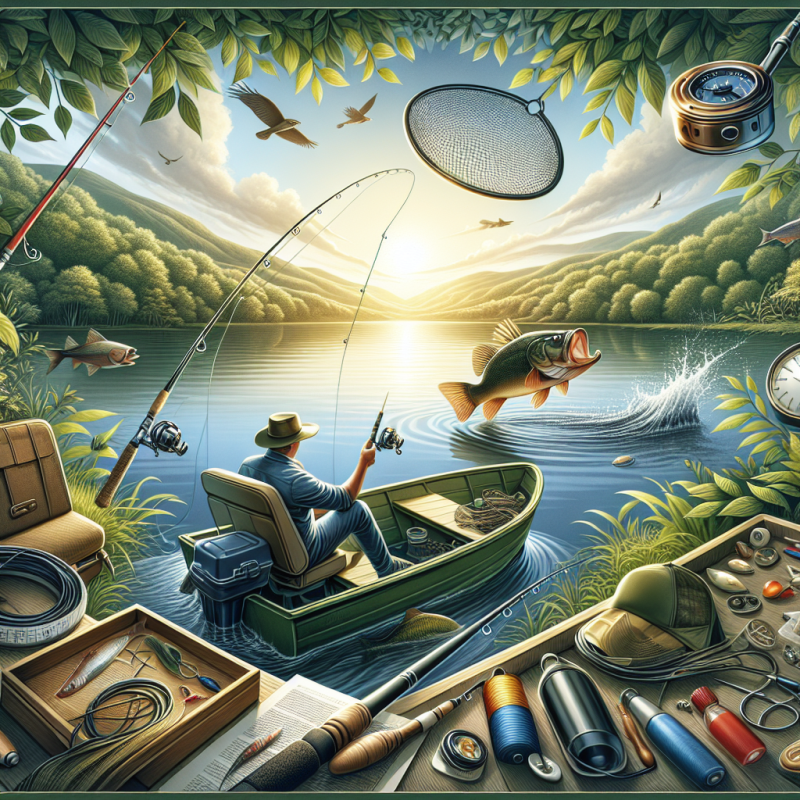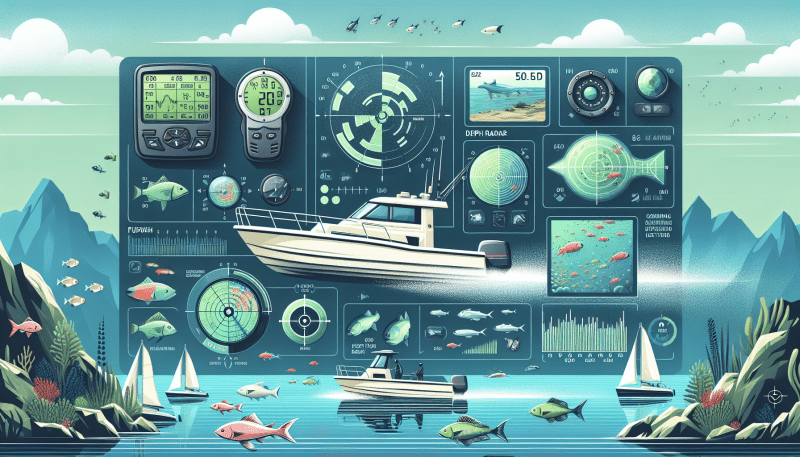Fishing has been a beloved pastime for centuries, and with the advent of technology, it has become easier than ever to find and catch fish. One of the most valuable tools in any angler's arsenal is a fish finder. Understanding the basics of fish finders can make all the difference in your fishing success.
A fish finder is a device that uses sonar technology to locate fish underwater. It sends out sound waves that bounce off objects, such as fish, and then returns to the device. The fish finder processes these signals to create an image of what’s below the surface, allowing fishermen to see where the fish are hiding. Most fish finders display this information on a screen, giving you a clear view of underwater structures, depth contours, and even water temperature.
There are different types of fish finders available, each designed for specific fishing needs. Some are portable, making them perfect for kayak or shore fishing, while others are more advanced and intended for use on larger boats. Many modern fish finders also come with GPS capabilities, which allow you to mark your favorite fishing spots. This functionality not only helps you find fish but also makes navigating back to productive areas much easier.
When using a fish finder, it’s essential to understand how to interpret the readings. Fish appear as arcs or symbols on the display, and learning to distinguish between fish and other objects, like rocks or vegetation, is crucial. The more you practice and familiarize yourself with the display, the better you’ll become at spotting schools of fish. Remember to be patient and to use the information as a guide while you enjoy the serenity of the water.
Choosing the Right Fish Finder
Next, consider the sonar technology used in the fish finder. There are generally two types: 2D sonar and CHIRP sonar. 2D sonar is great for detecting fish and the structure of the underwater environment, while CHIRP sonar provides a more detailed image and can help distinguish between different types of fish. If you’re serious about fishing, investing in CHIRP technology can give you a significant advantage.
Screen size and resolution are also important factors. A larger screen will allow you to see more detail and make it easier to interpret the data. Look for a fish finder with at least a 5-inch display. Additionally, higher resolution screens make it easier to identify fish and underwater terrain. You don’t want to miss out on that big catch because of unclear imaging!
Lastly, think about portability and battery life. If you plan on fishing from a kayak or a small boat, you’ll want a lightweight model that’s easy to mount or carry. Many modern fish finders offer rechargeable batteries that last for several hours, perfect for a full day on the water. This way, you won’t have to worry about running out of power right when you need it most!
Tips for Using Fish Finders
Using a fish finder can greatly enhance your fishing experience, allowing you to locate fish more efficiently. Here are some helpful tips to get the most out of your device. First, familiarize yourself with the settings. Most fish finders come with various modes tailored for different conditions. Spend some time adjusting the sensitivity, depth range, and frequency to see how they affect the display. This will help you understand the layout of the underwater environment.
Another crucial tip is to pay attention to the water temperature. Fish are often found in specific temperature ranges, which can change throughout the day. Use your fish finder to monitor temperature changes as you move around. Mark areas where the temperature is ideal, as these spots are likely to hold more fish. Additionally, look for underwater structures like rocks, weeds, and drop-offs, as fish tend to gather around these features.
When you're on the water, also remember to keep an eye on your fish finder’s display. Being able to distinguish between fish and other objects is key. Some fish finders use color coding to help differentiate between them, so make sure to use that to your advantage. If you see a group of fish on the screen, consider adjusting your fishing technique—such as changing your bait or depth—to target them effectively.
Lastly, practice makes perfect! The more you use your fish finder, the better you’ll get at interpreting the data it provides. Don’t be discouraged if you don’t catch fish right away; learning to read the display takes time. Keep experimenting with different settings and techniques, and you’ll soon be on your way to mastering your catch!
Common Mistakes to Avoid
When using fish finders, many anglers make some common mistakes that can lead to frustration and missed opportunities. One of the most prevalent errors is failing to understand how to properly interpret the displayed data. Many users may look at the screen and see marks or shapes, but without knowing what they signify, the information can be misleading. It's crucial to take time to learn how to read sonar images and identify what the different signals represent, such as fish, underwater structures, or vegetation.
Another mistake is not adjusting settings according to the fishing conditions. Fish finders come with various settings that can be customized based on the depth, water clarity, and other environmental factors. Many anglers stick to default settings, which can lead to ineffective scanning. Always remember to adjust sensitivity, depth range, and frequency for optimal results. These adjustments can greatly enhance the capability of your fish finder, making it easier to locate schools of fish.
A third common pitfall is neglecting regular maintenance of the device. Fish finders, like any piece of technology, require care to function at their best. Ensure that your transducer is clean and free from debris, as this can affect the accuracy of the readings. It's also important to keep the software updated and check for any hardware issues to avoid complications that could dampen your fishing experience. A little maintenance goes a long way in keeping your fish finder reliable and efficient.
Lastly, many anglers underestimate the importance of trial and error. Fishing conditions can vary significantly from day to day or even hour to hour. If you don't catch anything after a few tries, it's easy to get discouraged. Instead, use each outing as an opportunity to learn more about your fish finder and the environment. Experiment with different settings, locations, and times of day to better understand how to optimize your chances of success. Remember, every fishing trip is a chance to grow as an angler.



